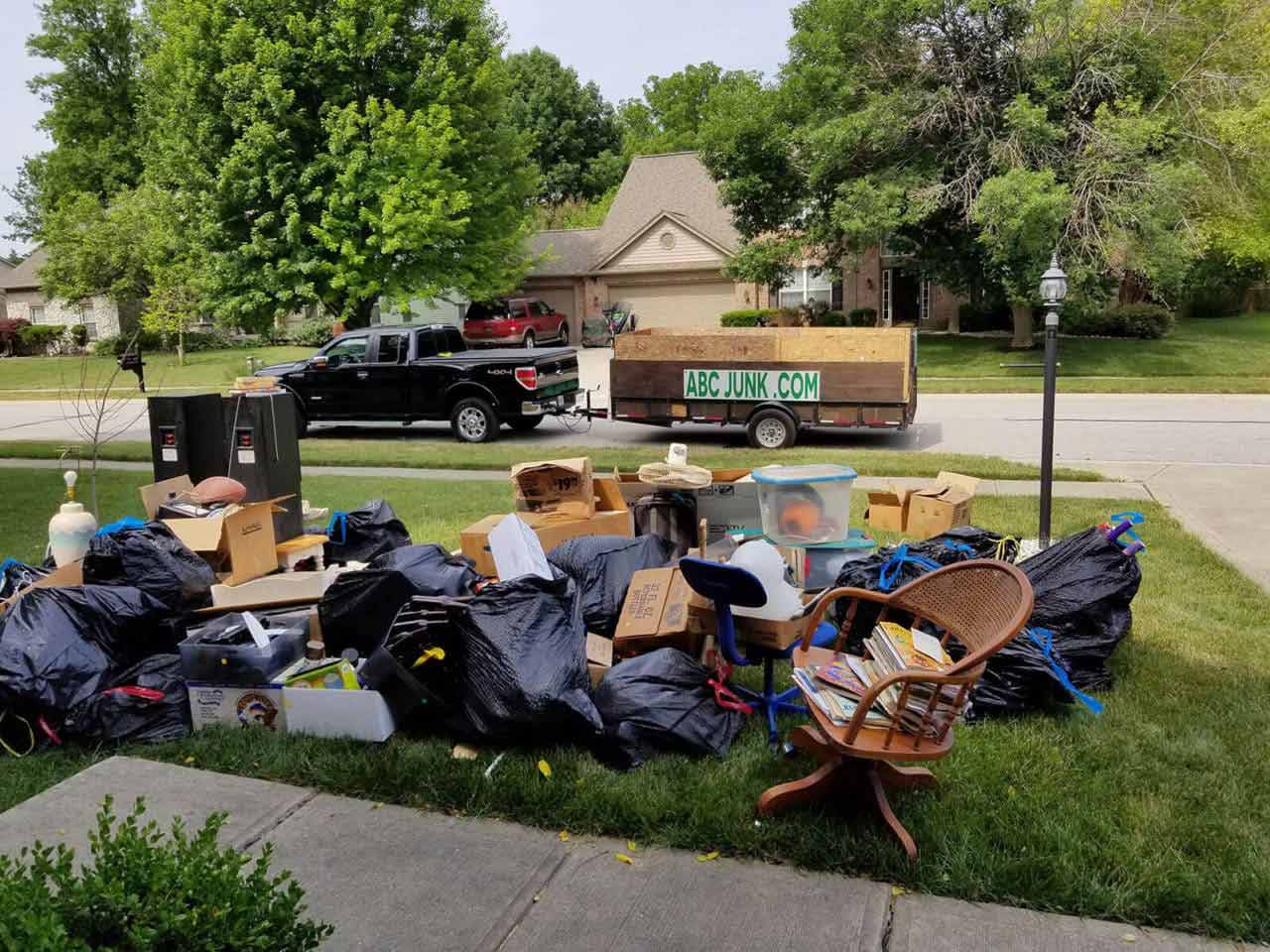Residential Junk Removal Atlanta: Hassle-Free and Convenient Service
Wiki Article
Specialist Waste Administration Strategies Customized for Industrial Settings
Tailoring waste monitoring strategies to match the distinct needs of industrial setups is not just beneficial however crucial for maintaining functional performance and ecological sustainability. The pursuit for improved waste management in industrial settings involves a precise technique that balances regulatory compliance, cost-effectiveness, and eco-friendly duty.Value of Tailored Waste Administration
Customized waste management techniques are necessary in industrial setups to optimize source application and lessen ecological impact. Industrial operations create a significant quantity of waste, ranging from solid by-products to chemical pollutants, positioning a hazard to the atmosphere otherwise managed successfully (Commercial junk removal atlanta). By personalizing waste management approaches to fit the specific demands and obstacles of each industrial center, business can not only abide by regulations but likewise enhance functional effectiveness and sustainabilityOne key element of customized waste administration is conducting a complete waste analysis to determine the types and quantities of waste generated. This analysis allows firms to execute targeted remedies such as recycling programs, waste partition procedures, and waste-to-energy campaigns. By comprehending the make-up of their waste streams, industrial centers can develop affordable strategies to minimize waste generation at the resource, resulting in lasting environmental benefits.

Kinds Of Industrial Waste
What are the different classifications of commercial waste frequently created in manufacturing processes? Industrial waste can be classified right into numerous main categories based on its structure and attributes.An additional common sort of hazardous waste is non-hazardous waste, which encompasses materials like paper, plastics, and packaging waste. While non-hazardous waste may not present instant risks, appropriate administration is still vital to decrease garbage dump use and advertise recycling and sustainability practices.

Hazardous Waste Handling Treatments
Efficient management of contaminated materials in industrial setups requires stringent adherence to developed managing treatments to alleviate threats and ensure ecological security. Harmful waste handling procedures include numerous essential actions to lessen the possible influence on human health and the atmosphere. First of all, appropriate identification and categorization of contaminated materials are necessary. This consists of identifying the attributes of the waste to determine the appropriate handling, storage, and disposal techniques.Secondly, when determined, contaminated materials needs to be meticulously set apart from non-hazardous waste to avoid contamination and make sure correct therapy. Storage space of hazardous waste must conform with guidelines relating to control, labeling, and compatibility to stop leaks, spills, or other incidents that can jeopardize employees or the atmosphere.
Additionally, dealing with procedures should consist of the usage of individual safety tools, staff member training, and emergency situation reaction protocols. Normal assessments, tracking, and documentation of hazardous waste handling tasks are vital to preserving compliance and identifying locations for enhancement. By following these structured treatments vigilantly, industrial centers can efficiently handle unsafe waste and copyright their commitment to environmental stewardship.
Executing Reliable Recycling Practices

To execute effective recycling practices, industrial facilities must initially carry out a waste audit to recognize the kinds and quantities of recyclable materials generated in their operations. Based on this audit, business can after that establish assigned recycling terminals, give proper training to workers on appropriate sorting strategies, and team up with trusted recycling partners for the collection and handling of products. In addition, establishing specific recycling goals, tracking development, and frequently interacting with personnel concerning the relevance of reusing are important steps to guarantee the success and sustainability of recycling efforts in industrial settings.
Monitoring and Continuous Improvement
To guarantee the efficiency and sustainability of waste administration techniques in industrial settings, the implementation of robust monitoring and continuous improvement processes is necessary. Surveillance entails monitoring vital efficiency indications (KPIs) such as waste generation prices, reusing portions, and disposal costs. On a regular basis examining these metrics enables services to determine areas for improvement and measure the success of applied waste monitoring efforts.Continuous improvement is essential for refining procedures gradually. It includes evaluating keeping an eye on information, determining inadequacies, and executing changes to maximize waste administration practices even garage junk more. This repetitive technique fosters a culture of continuous enhancement and innovation within the organization.
Making use of innovation like waste monitoring software and IoT sensing units can improve keeping an eye on initiatives, supplying real-time information for informed decision-making. Worker training and involvement also play a crucial duty in guaranteeing the success of tracking and continual improvement efforts, as frontline personnel are often principals in waste monitoring procedures.
Conclusion
In final thought, customized waste monitoring strategies are important for commercial setups to effectively deal with different kinds of waste, consisting of harmful products. By applying efficient recycling practices and continuously monitoring and improving waste administration processes, markets can reduce their environmental influence and make certain conformity with laws. It is crucial Website for firms to focus on waste monitoring to protect the environment and advertise sustainability in their procedures.Report this wiki page